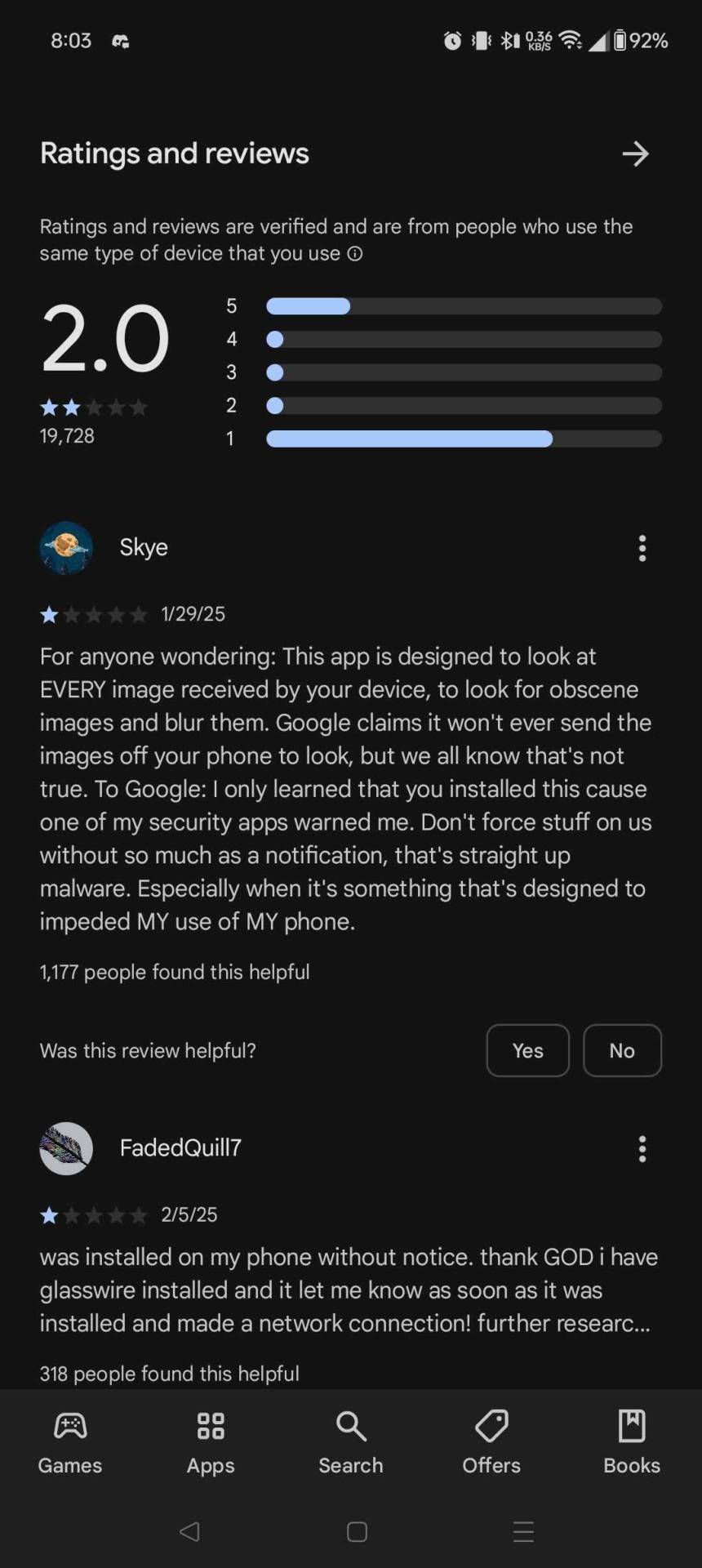Molly | Roughly Quarter Century | she/her | lmk if you want anything tagged
Don't wanna be here? Send us removal request.
Text
11 notes
·
View notes
Text
Hey, if anyone could help out my friend financially I'd really really appreciate it
4 notes
·
View notes
Text

by むつきりーち新規案件お休み中@mutukiriichi
190 notes
·
View notes
Text
🍷Steak n Shake went full mask off nazi we see
10K notes
·
View notes
Text
"D&D was always for the freaks and the outsiders" is one of those statements that is technically true but if you dig a bit under the surface you realize that the freaks and outsiders in question are Misogyny Steve and The Dungeon Racist.
9K notes
·
View notes
Text
We have 30 days until the National Environmental Policy Act (NEPA) laws are rescinded. This is the 50-year bedrock of American conservation. Normally, these actions take years but the administration has provided 30 days for public comment gutting clean water and clean air. Drop what you’re doing, before you make any more calls or read any more social media posts, please populate the Federal Register with dissent.
A. Go to https://www.federalregister.gov/documents/2025/02/25/2025-03014/removal-of-national-environmental-policy-act-implementing-regulations
B. Click on the green rectangle in the upper right corner ("SUBMIT A PUBLIC COMMENT") .
C. Fill in your comment, and info at the bottom, and SUBMIT COMMENT.
50K notes
·
View notes
Text
hey with rent paid we have $0 & I can go a while without eating so it's not super urgent but I've been having 1 small meal a day for like a couple weeks now could anyone spare like $20-30 so I can order something filling, & if I end up getting more then that'll just go towards groceries...
229 notes
·
View notes
Text
trap hentai now blatantly shows their "boys" with obvious hrt titties but still calls them boys whats up with that. back in my day they they were flat chested but now its "draw a trans woman and misgender her"
#it's a little infuriating for people to not get my frustration with femboy being just thrown around everywhere now#like oh? we're just throwing around the degrading porn term as totally fine and acceptable now are we? go to hell honestly
8K notes
·
View notes
Text














WHEW! Look at all these beautiful people. This was my dream cast from the get go and I'm so thankful that they were all willing to give me their time and lend me their talents 🌟
That's all for VA announcements but I'll still continue posting lil updates here and there, so keep an eye out! And sub to my youtube channel so you know when the pilot's uploaded!
32K notes
·
View notes
Text














WHEW! Look at all these beautiful people. This was my dream cast from the get go and I'm so thankful that they were all willing to give me their time and lend me their talents 🌟
That's all for VA announcements but I'll still continue posting lil updates here and there, so keep an eye out! And sub to my youtube channel so you know when the pilot's uploaded!
32K notes
·
View notes
Text
man-o'-wargirl isn't totally sure how many girls she actually counts as. there was a helpful catgirl marine biologist about to say something but she got returned to her owner's hand for some reason.
389 notes
·
View notes
Text
VN adaption news!
Got a different sort of announcement than the usual chapter one (which I forgot until days later again…) this week! As many of you are already aware, a visual novel adaption of The Flower That Bloomed Nowhere has been tentatively in the works for a while. Since I don't really like keeping secrets for the broad-strokes details of something like this, I thought the time was ripe to do an informal 'announcement'. So here's that!

(Example of our current art and interface direction. Actual sprites and background used for this scene very much not final!)
Though honestly, there's not a lot to say. The project will be more or less a direct translation of the work into a new format, though with some… minor adjustments to the storyline, in the interests of keeping the mystery elements fresh and amending a few of the bugbears I've personally built up regarding the plotting over the years. The game will be built in Ren'py (predictably), and joining me in development will the very talented Zerovirus, who'll be handling the art, while Benedict (Cordyceps, Star Seeker in: the Secret of the Sorcerous Standoff) is helping with some of the programming. Contributing to the OST will also be Xeecee, creator of lesbian murder nun game Misericorde, with the remainder handled by myself. (At least assuming I don't flub it and end up resorting to stock music lmao)

(The character bio menu. Also WIP.)
While we're undecided on the release model, the tentative plan is to release a short free demo at some point this year. After that, we'll put out a series of further updates semi-episodically, playable through a one-time purchase on itch. This will continue until we have enough for what feels like a 'complete' release - probably 1/3rd-ish of the story? - at which point we'll put this on steam or something, then start the process over for the next segment.


…and that's it! Stay tuned for future updates. I'm obviously in the privileged position of already having a fair few fans of the work, so I'd love to get feedback from people on things like the script changes or the character designs, so we'll hopefully be showing tidbits off semi-frequently going forward. Thank you as always for reading!
#OOOHHHHHHHH SHIT#my brain has a way easier time starting visual novels so this may help me get into it actually#still want to read it in the meantime anyway
267 notes
·
View notes
Text
Yugioh is like fighting games
1 note
·
View note
Text
Anyone with a milk allergy needs to be on high alert. In the midst of a flurry of ongoing food recalls, the FDA has updated its initial recall of a handful of Cal Yee Farms' chocolate products to the highest risk level. Originally, the FDA announced a recall of numerous Cal Yee Farm products because they may have contained undeclared milk, soy, wheat, sesame, FD&C #6, and/or almonds. The recall has now been elevated by the FDA to the most serious level of recall, Class 1, for only a few of the affected products: the company's dark chocolate almonds, dark chocolate apricots, and dark chocolate walnuts because the chocolates contained undeclared milk.
#note from the articles: the lays is also due to undeclared milk; the brocolli was listeria concerns; I haven't read the salmon#more details enclosed obviously#us news
40K notes
·
View notes
Text
hey folks if you have an android phone: google shadow installed a "security app".

I had to go and delete it myself this morning.
90K notes
·
View notes
Text
Time for a Blast from the Past
please go to your browser and type in https:// [insert your url here] .tumblr.com/page/1000
Look at the first 5 posts that come up
#ends up in about 2020/2021. some nice reminders of things i was into at the time#there was also the post 'diversity win! you are the gay cousin!' and now in 2025 I'm actually not the only (out) one
10K notes
·
View notes
Text
squidward, meaning "in the direction of squid"
17K notes
·
View notes